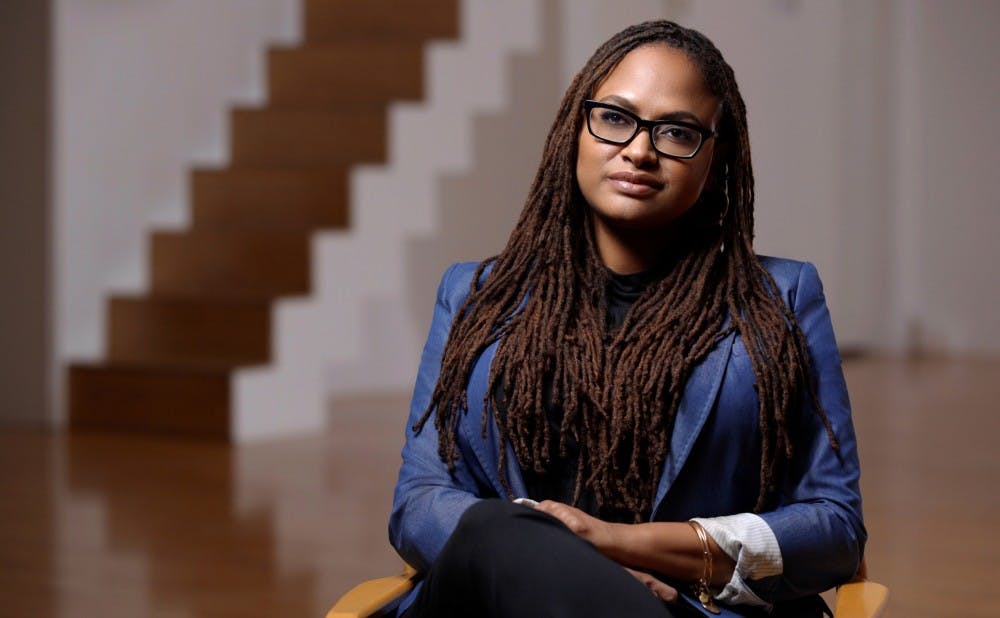When dealing with women’s issues, we’re often told that, slowly but surely, conditions are improving — that the wage gap is closing, that more and more women are being employed in male-dominated fields each year. We’re told that change can’t happen quickly or all at once, but that it is, undoubtedly, happening. Women in the film industry have been waiting patiently for their gradual change for decades. When 50% of film school graduates are women but only 4.2% of Hollywood films are directed by women, female filmmakers have been left wondering why their industry is shutting them out. The idea that women’s position in the world is improving each year — coined Creeping Incrementalism — is unsupported, in the film industry and elsewhere. In fact, the number of Hollywood movies directed by women filmmakers annually (4.2%) has remained consistent for the past 20 years.
On Jan. 23, Sundance Film Festival premiered “Half the Picture,” a feature-length documentary that sheds light on the dearth of women filmmakers in Hollywood today. The film features several contemporary game-changing female directors, including Catherine Hardwicke (“Twilight”, “Lords of Dogtown,” “Thirteen”), Ava DuVernay (“Selma,” “13th,” “A Wrinkle in Time”), Gina Prince-Bythewood (“Love & Basketball,” “The Secret Life of Bees”), and Lena Dunham (“Girls,” “Creative Nonfiction”). Together they tell their stories: of fighting to break into an industry that has been male-dominated since its inception; of being denied access to resources and jobs; of experiencing their womanness as a handicap. Some recall being told that they can’t make sci-fi, horror, action or fantasy movies simply because they are women. Others, like animator and director Brenda Chapman (“Brave,” “The Prince of Egypt”) entered the industry when applications explicitly said “women need not apply.”
“Half the Picture” also includes voices from women whose expertise on gender inequality in Hollywood has sparked a civil rights violation investigation by the Equal Employment Opportunity Commission. The investigation into discriminatory hiring practices, which began in 2015, is ongoing. This EEOC investigation follows the ACLU’s 18-month investigation, which found the hiring practices of Hollywood film directors unethical.
Director Amy Adrion’s personal and casual filmmaking style make “Half the Picture” feel more like a conversation between friends than a dramatic exposé. Several of the directors in the film speak about the ways in which the industry has conspired to pit them against one another. Women who have managed to gain a foothold in the industry find themselves reluctant to give other women the same opportunity. What if the woman they hire to direct her first film ends up taking their jobs? Though the film is built on traditional documentary “talking head” shots, they are disrupted by moments of authentic movement — of pans around the interview space, shots of Adrion and her team asking their questions — that help build a community on screen. Adrion establishes a comfortable, conversational environment in which female directors share their powerful stories, not just with Adrion and her team but with the audience and with one another.
What “Half the Picture” shows us is that we really are only seeing “half the picture.” We only hear half the voices, both in the films we see and the reviews we read (the film notes that 73% of film critics are men). Adrion’s film leaves us, the audience, with a responsibility: to see more films by a wider array of directors. Part of the reason that we see the same films time and time again is because they are coming from the same mind — the mind of the cisgender white man. These films can’t succeed — or, rather, other films that showcase diverse voices can’t succeed — without the support of an audience. It is not the case that men make better films, but that men’s films are marketed more successfully and funded more completely. The film industry did not find itself in this position overnight. It reflects a larger societal trend in silencing the voices of those that say something other than what we expect. But the situation is not hopeless, and women in film aren’t giving up that easily.
Get The Chronicle straight to your inbox
Signup for our weekly newsletter. Cancel at any time.

